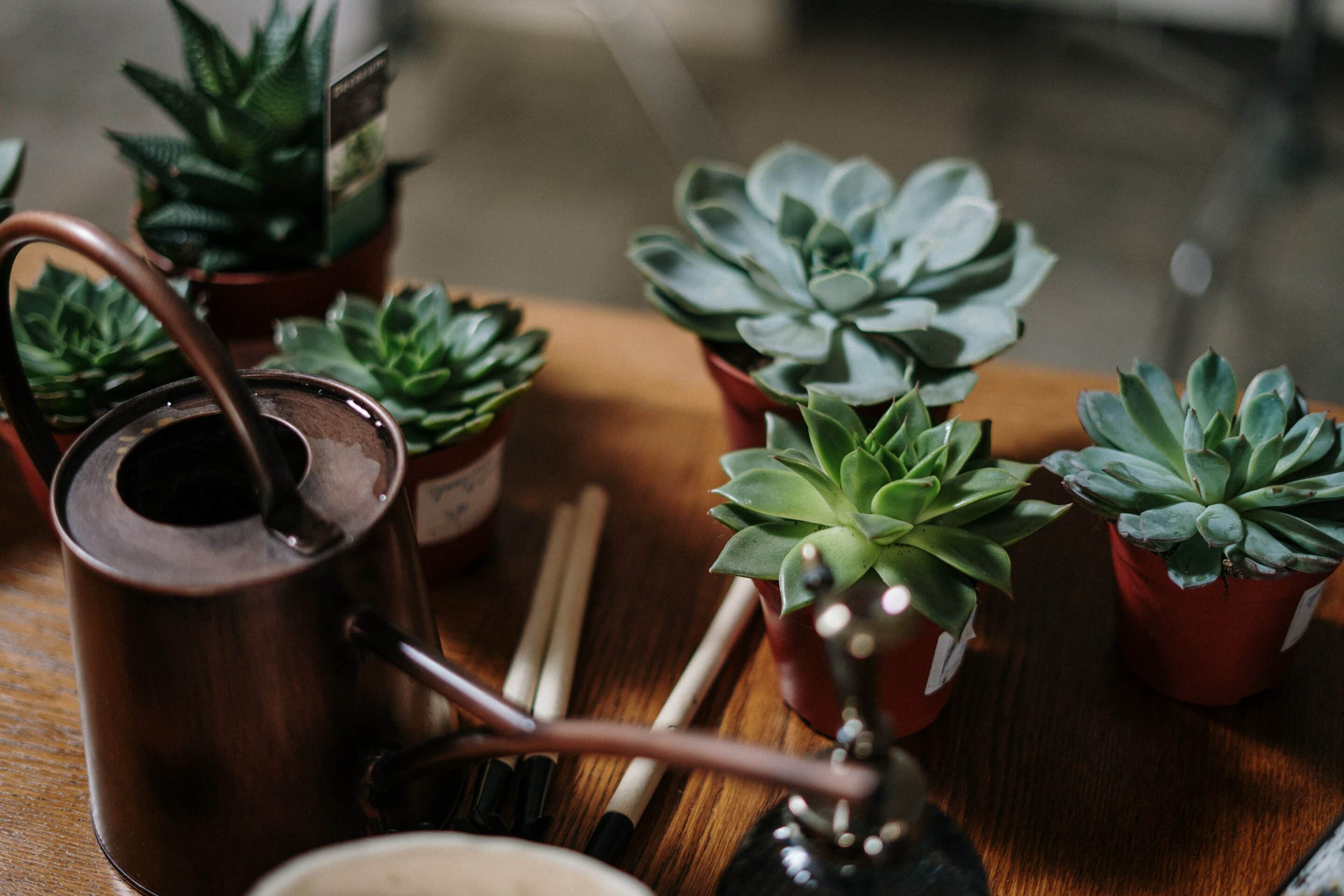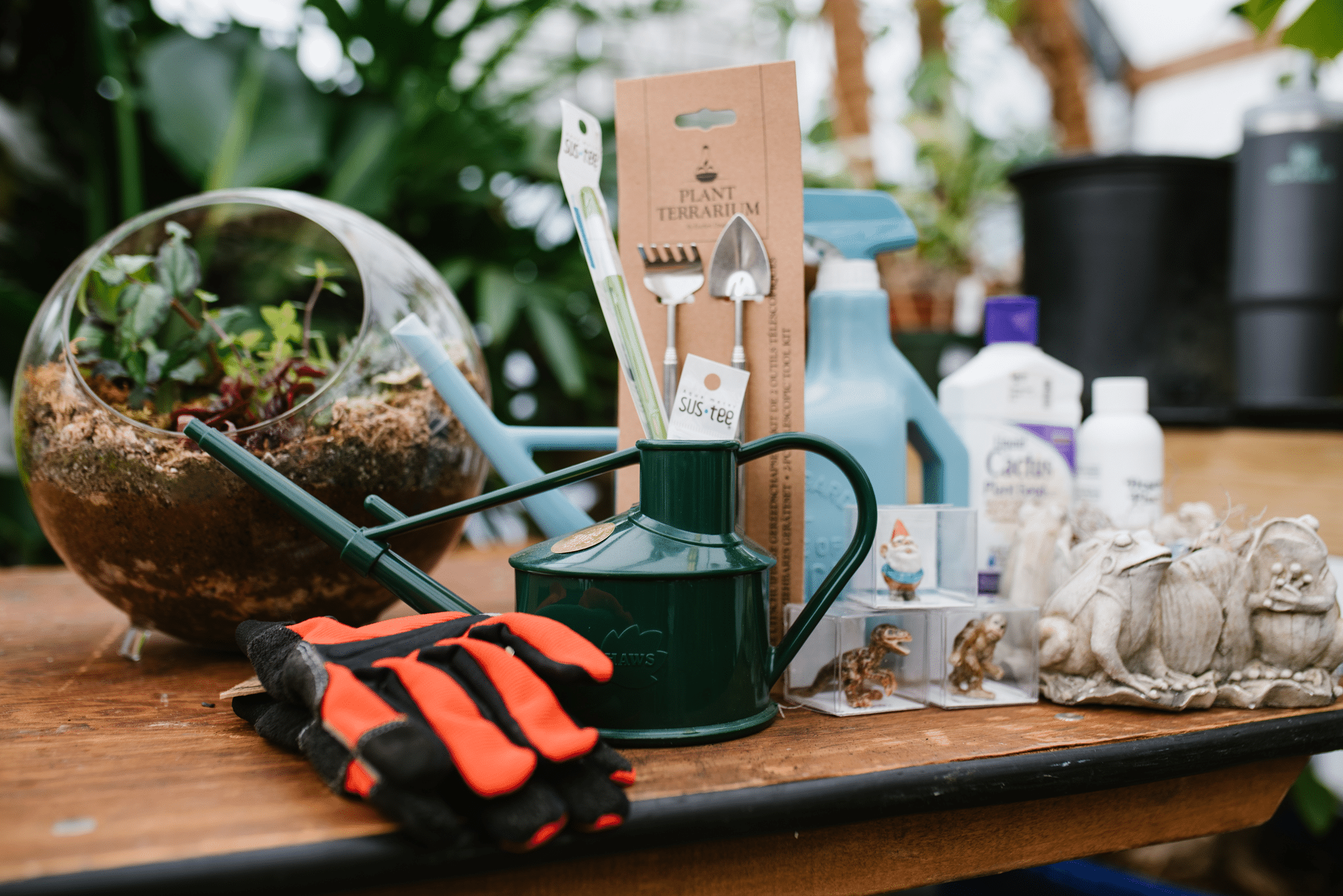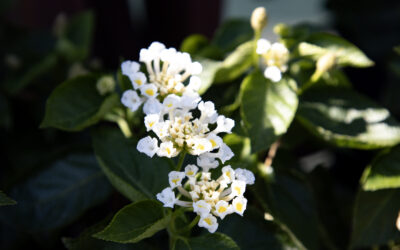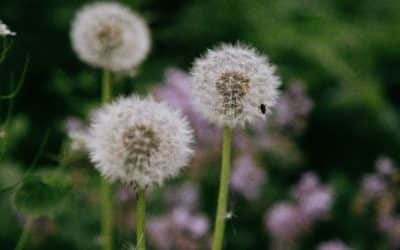If you want to have a hands-on terrarium-building experience, check out our upcoming Terrarium Building Workshop!
Terrariums hold a special place in our hearts because they transport us into the realm of creating our very own miniature world—a world we can nurture and cherish for years to come. They’re not just stunning decor pieces; they’re living pieces of art, capable of thriving for years, and even decades, in the right conditions. If you’re yearning to embrace your green thumb but space is a concern, a lush, beautifully crafted terrarium might just be the solution. Perfect for those in compact living spaces, beginners dipping their toes into the world of plants, and even busy plant parents, terrariums are both space-efficient and easy to maintain. They offer not only a fulfilling hobby but also a touch of sophistication to your home decor.
The Perks of Terrariums

Terrariums seamlessly blend nature and design, offering a harmonious coexistence of the two. They provide a nurturing environment for plants that thrive in high humidity, overcoming the challenges of growing them in dry conditions. Moreover, they offer a charming, confined space for a miniature garden to flourish. Harnessing artificial light effectively within their glass enclosures, whether it’s the warm glow of LEDs or the crisp radiance of fluorescents, is an added bonus. The low-maintenance nature of terrariums ensures that you won’t be tethered to your watering can. Beyond their practical benefits, there’s an undeniable joy in curating and caring for your very own miniature living ecosystem. It’s a gratifying experience that brings the outdoors indoors, creating a tranquil connection between nature and your living space.
A Terrarium for Every Occasion
Terrariums come in two distinct types: sealed and open. Sealed terrariums, equipped with removable lids, are ideal for tropical plants like ferns, calathea, nerve plants, and even carnivorous specimens. In contrast, open terrariums allow air to circulate within, making them perfect for plants that require good ventilation, such as succulents, cacti, and air plants. Some enthusiasts take it a step further, introducing beneficial insects or other fauna to create a vivarium—a symbiotic relationship that allows all elements of the ecosystem to thrive in unison.
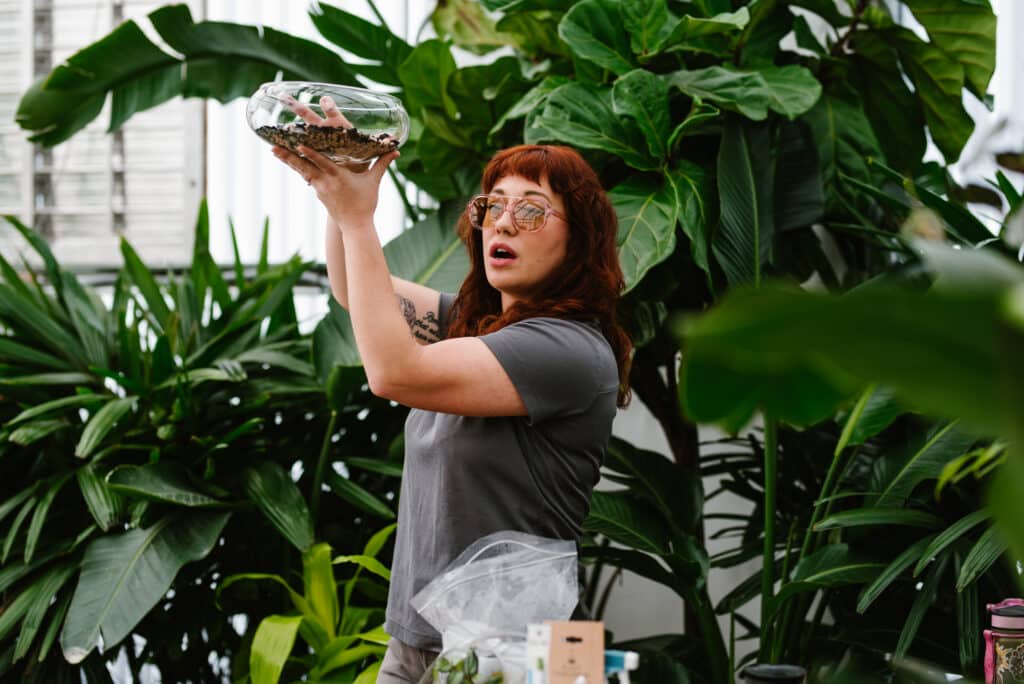
Getting Started with Terrariums
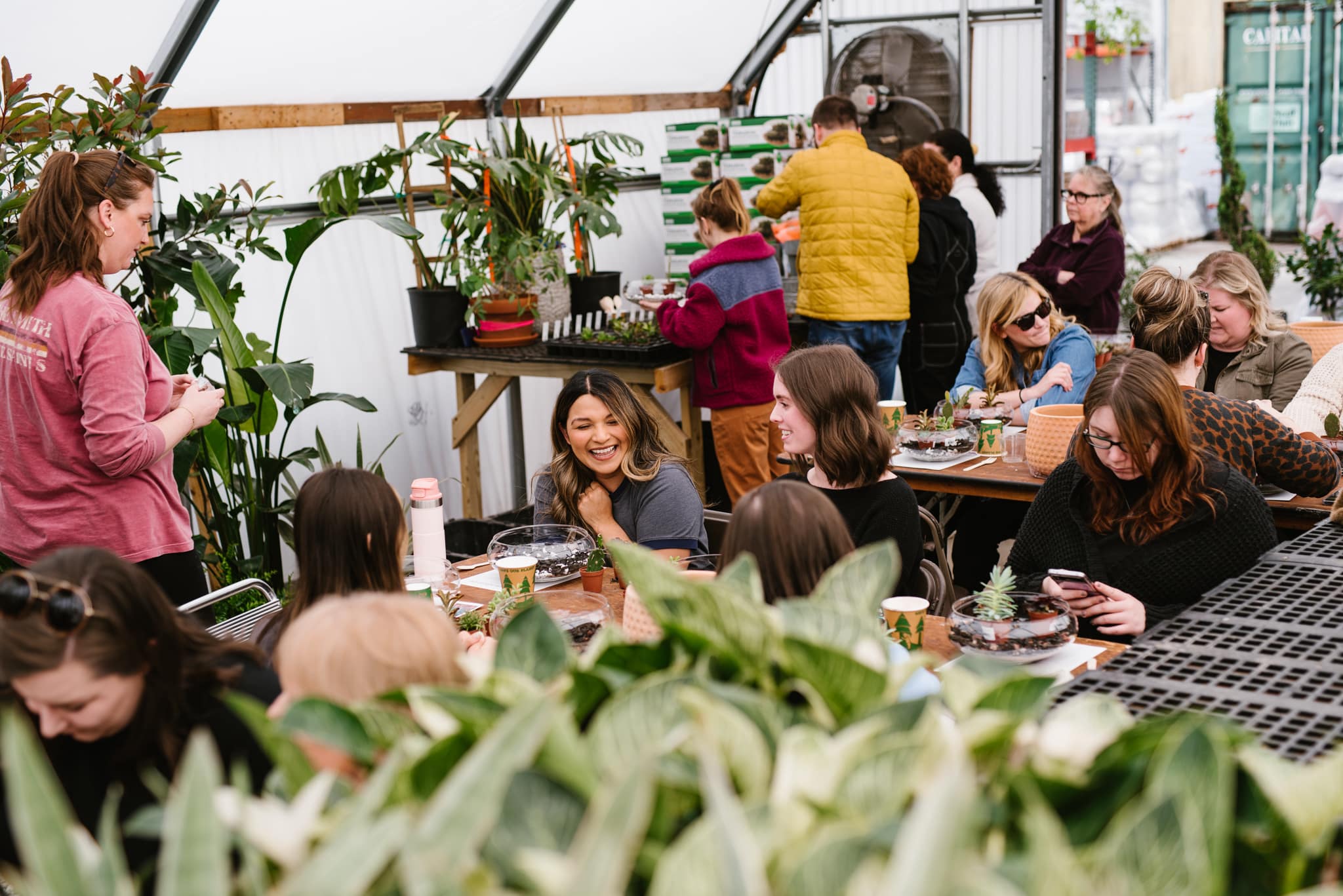
terrarium workshop gardens of babylon
Before diving into the world of terrarium crafting, take a moment to explore various styles and designs that resonate with your unique aesthetic. Be deliberate in your choice of terrarium type, container, and plants to bring your vision to life; we recommend selecting 2-3 plants to maintain harmony. With your design in mind, gather your supplies in advance to ensure a serene and stress-free crafting experience. Now, let’s embark on the step-by-step journey below, turning your creative vision into a tangible masterpiece that seamlessly blends nature with your distinctive style.
Begin with a layer of drainage rocks, ranging from half an inch to 2 inches deep, depending on the vessel’s size. This layer acts as a reservoir for excess water.
Add a thin layer of activated horticultural charcoal, approximately half an inch deep, to filter water, break down harmful bacteria, and absorb plant pathogens or toxins.
Follow up with your chosen potting soil, tailored to the type of terrarium you’re creating, whether it’s a tropical houseplant mix or a cactus mix. Each soil type offers optimum aeration, drainage, and microbial support for healthy plant roots.
Arrange your plants within the vessel as per your creative whims. There are no rules when it comes to creating and placing plants in your terrarium. Craft pebble walkways, whimsical nooks for fairies or gnomes, or tranquil desert oases reminiscent of your favorite vacation spot.
Now, it’s time to introduce your plants! Start with the largest one and work your way to the smallest. If you’re handling prickly plants, consider wearing gloves. Gently unravel the roots before nestling them into the soil to allow them to find their way through the container without entwining.
Once you’re satisfied with your plant arrangement, it’s time to add some personality. Incorporate decorative elements like preserved moss, gemstones, figurines, driftwood, top rocks, or desert sand to make your terrarium truly unique and aligned with your aesthetic.
Caring for Your Mini Ecosystem
Terrariums, with their captivating greenery encased in glass, bring a slice of nature into our homes. While they typically demand minimal upkeep, a few thoughtful measures can ensure their longevity and vitality. Think of it as nurturing a piece of the great outdoors within the sanctuary of your living space. Let’s delve into some tips to foster your terrarium and keep it thriving:
Watering Needs:
– For open desert terrariums, gauge watering needs by feeling the leaves or foliage of succulents and cacti. Limp, wilted, wrinkled, or pale leaves indicate thirst. Once the leaves regain their plumpness, firmness, and vibrant color, the plant has had enough water.
– Closed tropical terrariums require checking the soil and noting any condensation on the glass. Drooping leaves may signal thirst. A well-watered closed terrarium exhibits condensation inside the glass and a slight sheen of moisture on the soil’s surface. Lack of condensation or signs of dryness may necessitate adding moisture.
Light Requirements:
– Most terrariums thrive in well-lit rooms with indirect sunlight throughout most of the day. Placing them within 5 feet of an east or west-facing window works well for most terrariums, while desert terrariums, accustomed to brighter light, benefit from a south-facing window with a sheer curtain or dappled afternoon sun. Be cautious not to subject glass terrariums to excessive direct sunlight, as it can magnify sun rays and potentially harm your plants.
Pest Control:
– Open terrariums may require monitoring for pests like gnats or mealybugs. For closed terrariums, consider periodically removing the lid to allow fresh air in. Excessive moisture can lead to issues like root rot or mold, making it essential to open the container and let it dry out a bit if you notice heavy water droplets and consistently wet soil.
Other Tips:
– Rotate your terrarium periodically to ensure even growth on all sides of the plants.
– Remove yellow and brown leaves promptly to prevent the accumulation of dead organic matter, which can potentially spread pathogens or harm your plants and soil.
In conclusion, terrariums offer a delightful fusion of nature and artistry, and their care can be a rewarding and calming experience. Embrace the chance to create your own miniature world and watch it flourish, bringing a touch of the outdoors into your cherished living space. And, don’t forget to check our latest workshops to learn more about your favorite plants!
